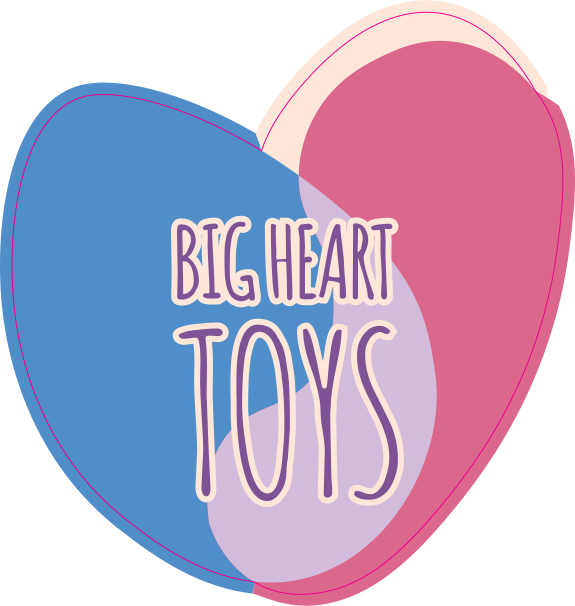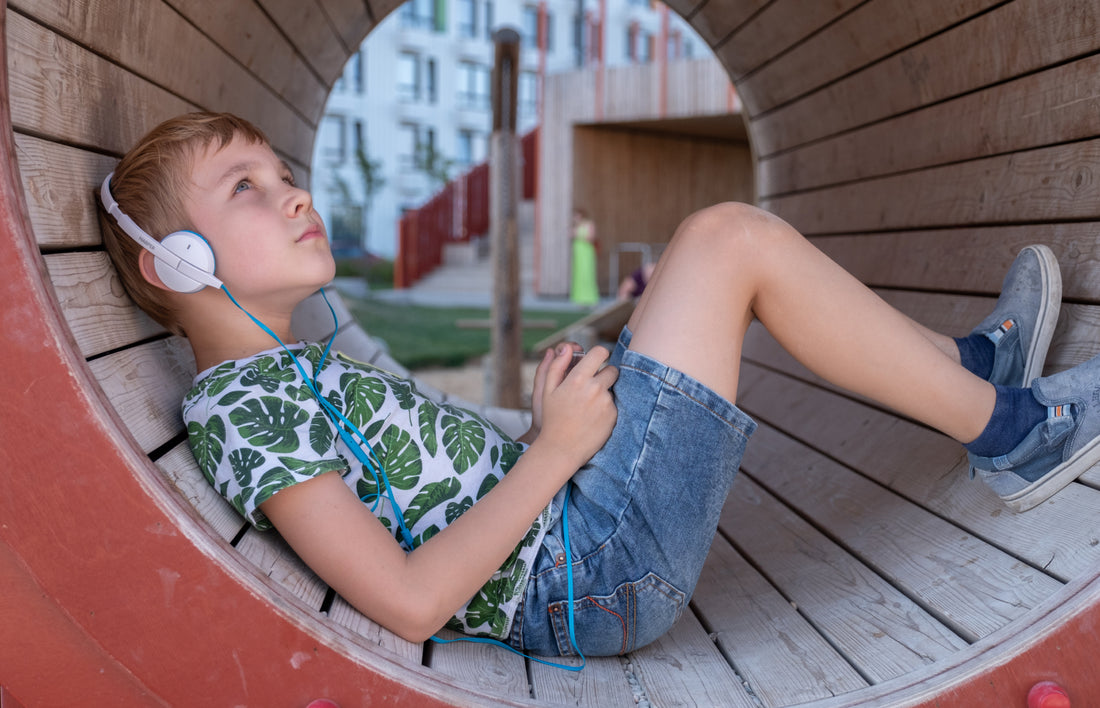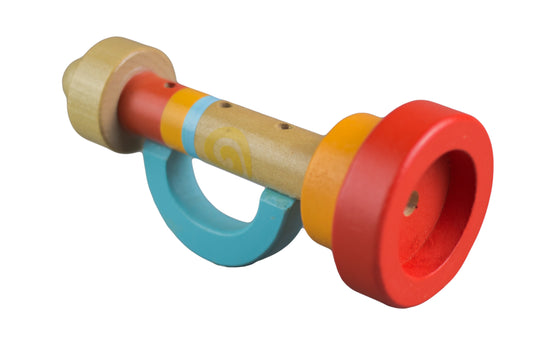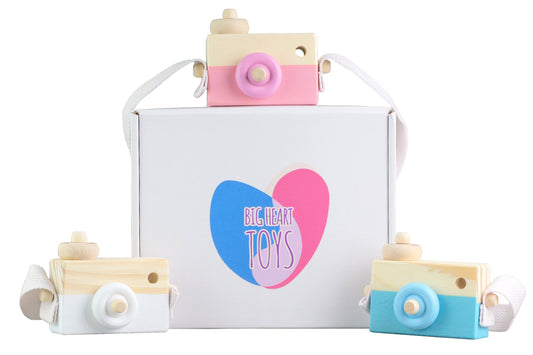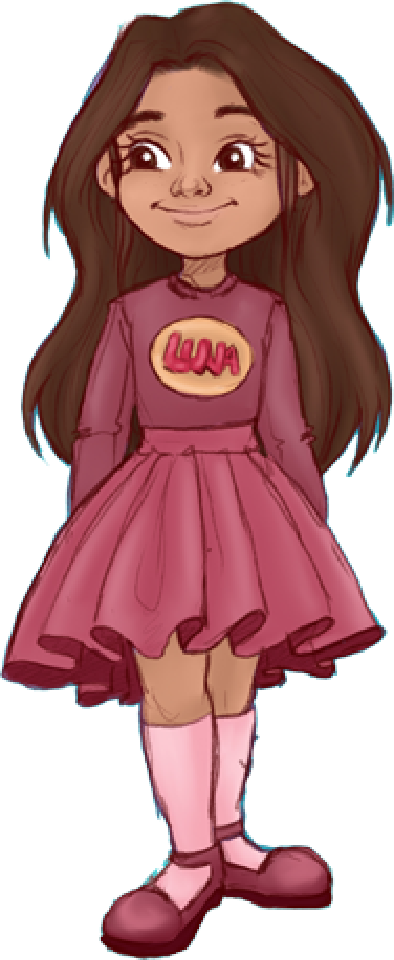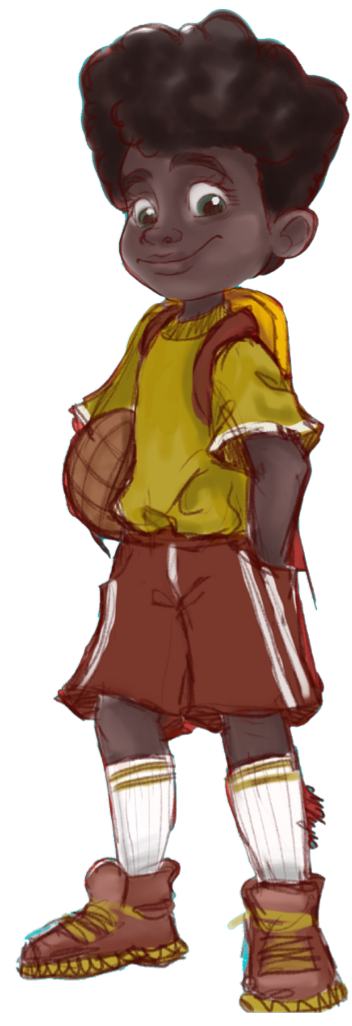One question that frequently arises when discussing autism spectrum disorder (ASD) is whether or not it runs in families. Many people are curious about the causes of autism or if they are at a higher risk of having a child with autism if someone in their family does as well.
Let’s explore the genetic and environmental factors that contribute to autism, debunk common misconceptions, and review valuable information for understanding and supporting individuals with autism.
What Is Autism Spectrum Disorder?
ASD is a lifelong condition affecting how someone perceives and interacts with the world. It is a spectrum, meaning that people with autism can exhibit a wide range of symptoms and varying levels of challenges. Some may have milder forms of autism and excel in certain areas, while others may require significant support in daily activities.
Autism can look vastly different for everyone and isn’t considered to be an illness or disorder in the traditional sense. Instead, it’s regarded as a condition that impacts brain development, affecting people in many ways.
Symptoms of Autism in Children
The symptoms of ASD can appear in early childhood and may vary from person to person. Some of the most common signs include:
- Social Challenges: Difficulties in social interactions, such as maintaining eye contact, understanding nonverbal cues, and forming friendships, can be impacted. Children with neurological disorders may have a harder time understanding and connecting to others. You may notice that while they play alongside or at the same time as others, they don’t interact or engage with them.
- Communication Difficulties: Delayed language development or lack of verbalization are common in individuals with autism. This, in more extreme cases, is referred to as being nonverbal. Communication deficits can also include repetitive or unusual speech patterns or difficulty engaging in and sustaining a conversation with others.
- Repetitive Behaviors: Engaging in repetitive movements or behaviors, such as hand-flapping, rocking, or strict adherence to routines, is often observed in babies and children with autism. This is sometimes referred to as stimming and can become more intense when a child with autism is overstimulated.
- Specific Interests: Many children with autism have intense, focused interests in specific topics or objects while showing limited interest in other activities. They may collect certain treasures or value things that others may deem unimportant. They may get very attached to these items and carry them with them.
- Sensory Sensitivities: Sensory stimuli can be increasingly overwhelming to those with ASD. They may have heightened or diminished sensitivities, and reactions can span from sensory avoiding to sensory seeking. Loud noises, bright lights, or certain textures can be more sensitive to those on the spectrum.
Does an Autism Gene Exist?
Autism is believed to have a complex genetic basis but isn’t caused by a single gene. Rather, it involves an interplay of multiple genetic variants.
Researchers have pointed to several genes that contribute to the risk of developing autism, but these genetic causes do not guarantee that a person will or will not have autism. It’s important to note that many genes collectively influence the development of autism.
What Causes Autism In Children?
While the exact causes are not fully understood, autism research suggests that both genetic and environmental factors contribute. Let’s explore further:
Environmental Factors Can Play a Role
Certain environmental factors can increase the chances of developing autism. These factors include prenatal exposure to toxins, maternal infection during pregnancy, birth complications, and exposure to air pollution. Note that these factors are not the sole cause of autism and do not account for all cases.
Vaccines Have Not Been Linked to Autism
A common misconception that gained traction in the past was that vaccines, specifically the measles, mumps, and rubella (MMR) vaccine, was a leading cause of autism. Extensive scientific research has consistently debunked this claim. Multiple large-scale studies involving thousands of children have found no credible link between vaccines and autism.
Infections During Pregnancy Can Increase the Likelihood of Autism
Mentioned briefly above, maternal infections during pregnancy, particularly certain viral infections such as rubella or cytomegalovirus, have been associated with a higher risk of autism.
These infections are one of several factors that interact together and do not cause autism alone. However, if a child is genetically likely to develop autism, these factors can help it to develop.
Genetic Factors Can Play a Role
Genetics seem to have a high prevalence in the development of autism. Studies have found numerous genes that are associated with an increased risk of autism. While no one specific gene is identified, multiple genetic variations can increase the likelihood of developing autism.
Essentially, for affected children with these genetic variations, certain environmental factors can prompt ASD to develop. On the other hand, if a child without these variations is exposed to the same environmental factors, it may not affect them at all.
Genetics and Autism: What To Know
Understanding the genetics of autism is a crucial aspect in understanding the complexity of this neurodevelopmental disorder. In order to understand, empathize, help, and advocate for loved ones with autism, we need to become educated about it.
While genetic heritability alone cannot explain every cause of autism, research has shown that autism has a strong genetic component. Numerous studies have identified the above-mentioned genetic variations that contribute to increased ASD risk factors. These variations can involve both inherited genes and spontaneous gene mutations during embryonic development.
Essentially, genetic abnormalities and environmental factors tend to work hand-in-hand in the development of autism. Autism may arise sporadically with no genetic family history of autism at hand. In other cases, there’s a clear pattern of inheritance with multiple family members being affected by ASD.
Having one child with autism doesn’t mean that you’ll have another, but it does increase the chances. The chances are even higher with twins if one twin is diagnosed.
Furthermore, a person with autism having a child is at a higher risk of having a child with autism. It does not guarantee it, though. Since the genetic disorder refers to genetic mutation variants rather than one single gene, it may not be passed down from parent to child.
Helping Adolescents Who Have Autism

Since the symptoms and severity can range so widely, ways to help can range as well.
If a loved one with autism struggles with sensory overstimulation, it’s helpful to be aware and prepared. Plenty of sensory toys and activities are available to help with emotional regulation when people become overstimulated.
Being aware of their sensory sensitivities and being ready with something to help calm them down can go a long way in preventing behaviors and meltdowns. In the long run, this can significantly impact their mental health for the better.
If you’re interacting with someone with autism, remember that they may not have the same social skills as you do. It can be much harder for them to pick up on widely known social cues and expressions. Try to be more articulate and understanding if they are struggling to pick up on what you’re saying.
Being understanding and kind in these social situations can go a long way.
There are numerous supports and therapies in place in schools and offered privately to help people with autism work on things they struggle with. These include, but are not limited to, speech therapy, occupational therapy, and social therapy.
While a diagnosis is a huge, scary step, it’s also a big step in the right direction to get needed support and accommodations. Pediatric providers should help and point you in the right direction with where to begin in this overwhelming time.
Finally, planning adequately to follow set routines and structures can go a long way. Many individuals with autism struggle with changes, so being flexible to meet their routines can make a substantial difference.
Conclusion
The very best thing we can do to help those with autism is become informed advocates ourselves. Reading this, you’re already on your way!
Learn more about autism, how to help, and check out sensory toys and activities by visiting Big Heart Toys!
Sources:
Autism genetics, explained | Spectrum
What Causes Autism In Children? 6 Facts You Need to Know
Exposure to Infection in the Womb Increases Risk of Autism and Depression, Study Says | CNN
